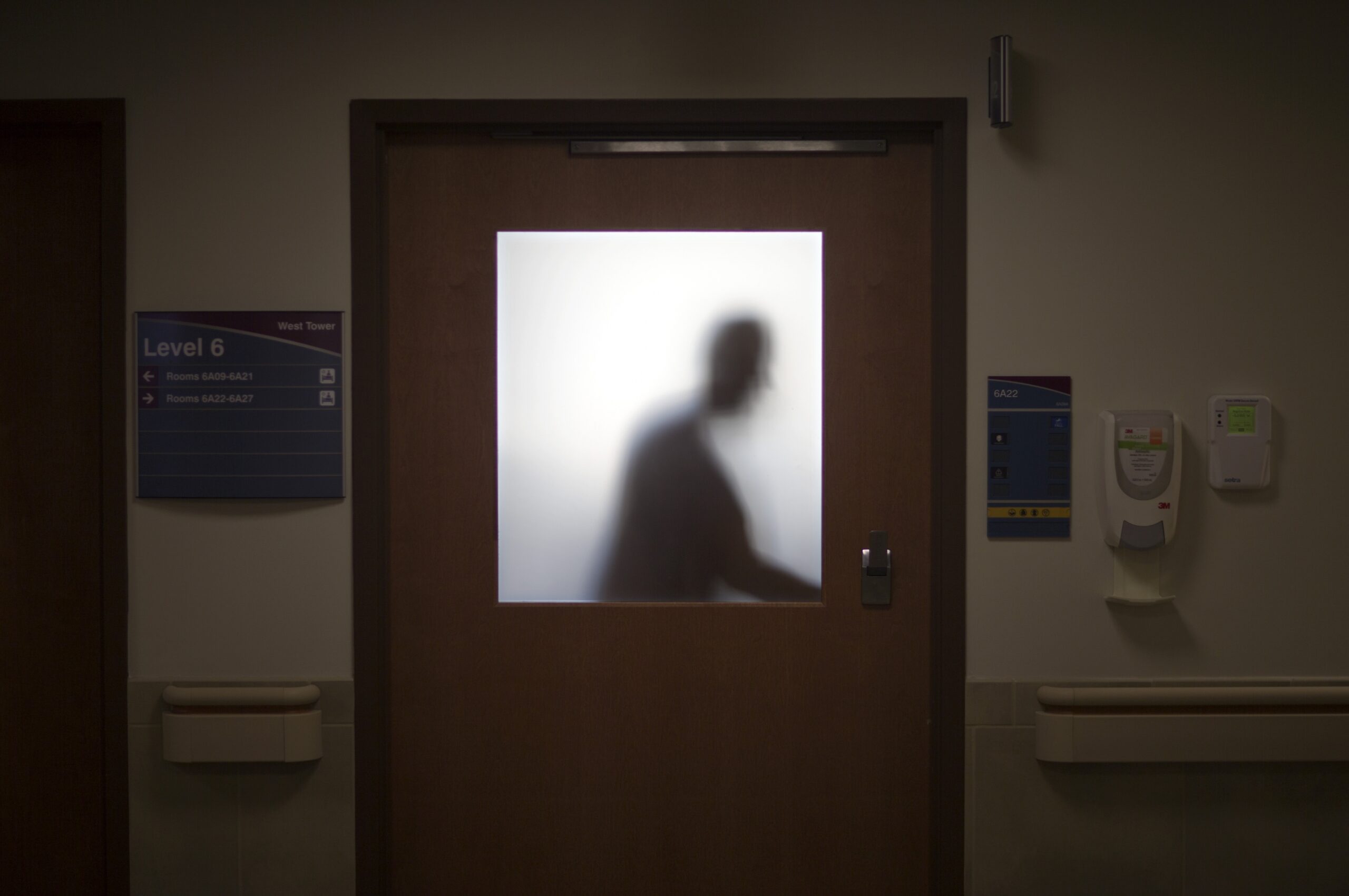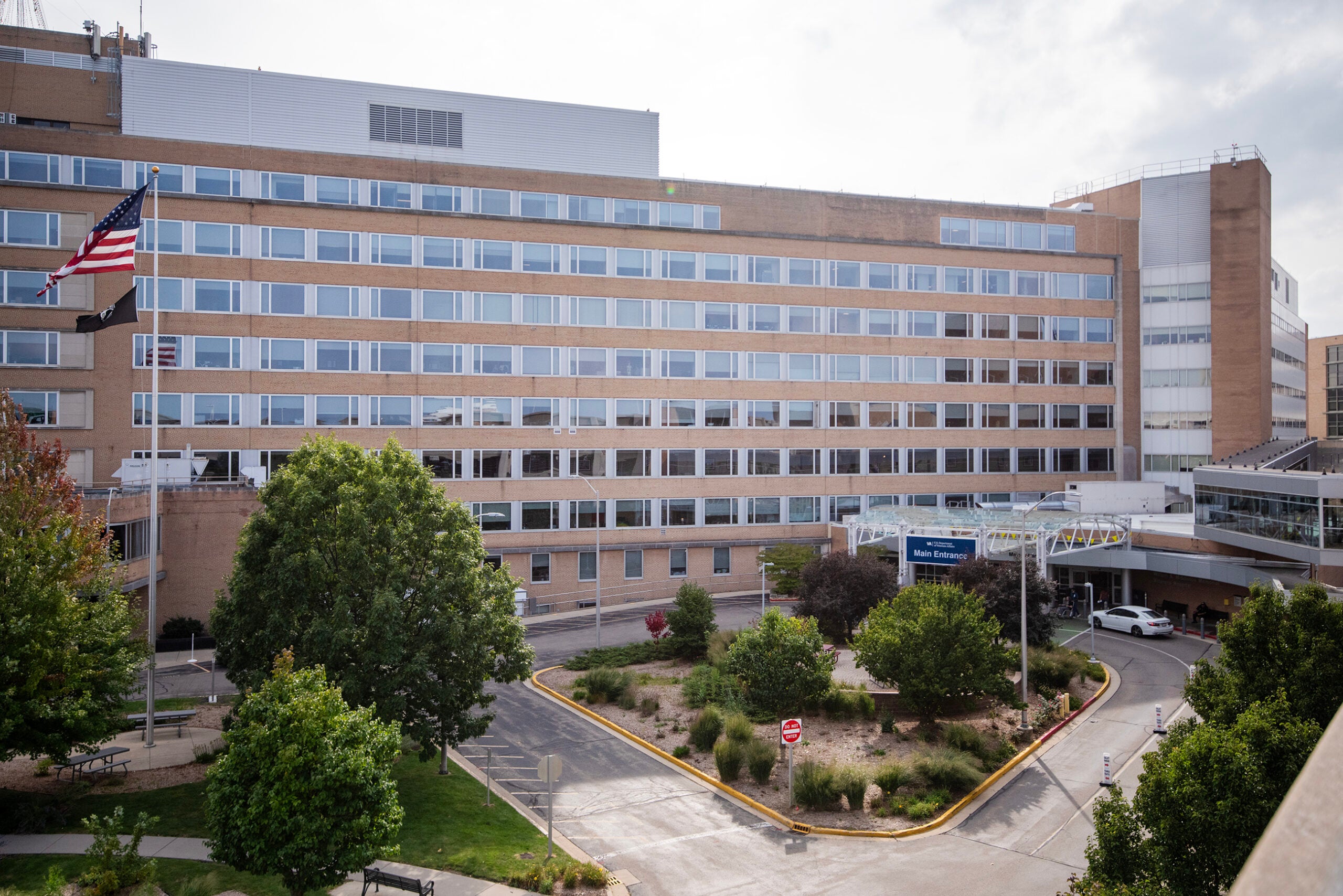Wisconsin may have fewer family doctors than it needs in the future.
There’s expected to be a shortfall of 745 primary care doctors by 2035, according to a report by the Wisconsin Council on Medical Education and Workforce. A large part of this is due to retirement, 40 percent of family doctors are expected to retire by 2035.
“So while we are increasing (primary care) physicians through educational training in Wisconsin, that will be offset to a large extent by retirements,” said George Quinn, executive director of the Wisconsin Council on Medical Education and Workforce.
News with a little more humanity
WPR’s “Wisconsin Today” newsletter keeps you connected to the state you love without feeling overwhelmed. No paywall. No agenda. No corporate filter.
The report estimates how many doctors would leave based on their age. Another possible factor, burnout, was also mentioned in the report, Quinn said, but not taken into account when calculating how many might stop practicing.
“Younger physicians in particular look for a better balance between home and work. Even though there will be a certain number of physicians practicing, those same physicians will be expecting to work fewer hours, see fewer patients because they want a work-life balance similar to other people,” Quinn said.
Another member of the council also noted how administrative tasks are consuming more and more of a doctor’s day.
“There’s a term out there, “WAC,” — work after clinic,” said Larry Pheifer, executive director for the Wisconsin Academy of Family Physicians. “What’s happening is physicians are going to work at 6 or 7 in the morning, working until 5 or 6, going home, spending time with family from 6 until 9 and that’s when WAC starts. They go back on the computer, pull up electronic health records and they work for a couple of hours.”
The workforce group has produced previous reports on shortages involving all kinds of doctors. This is the first to focus only on primary care physicians. A group representing such doctors says the report recognizes a need that isn’t being met in some areas of the state.
“In mid-July, there were 167 openings that are being advertised for family physicians in Wisconsin and so the shortage, the problem, already exists,” said Pheifer.
The state of Wisconsin has provided funding to increase the number of residency training programs for primary care physicians.
“That’s been tremendous just for family medicine,” Pheiffer said. “In three of four years we’ve gone from 11 residency programs to 16.”
Doctors sometimes work in teams along with physician assistants and advanced practice nurse and the report called for more study of these arrangements.
“So the answer is not, ‘Oh gee, there’s not enough physicians, so let’s gets more PAs or advanced practice nurses.’ That’s not the answer,” Pheiffer said. “The answer is, ‘How do you take a concept of providing primary care and build a team and have appropriate compensation for that team?’”
The report states the primary care physician shortage will affect rural areas the most, in part because of an aging population.
Wisconsin Public Radio, © Copyright 2026, Board of Regents of the University of Wisconsin System and Wisconsin Educational Communications Board.





